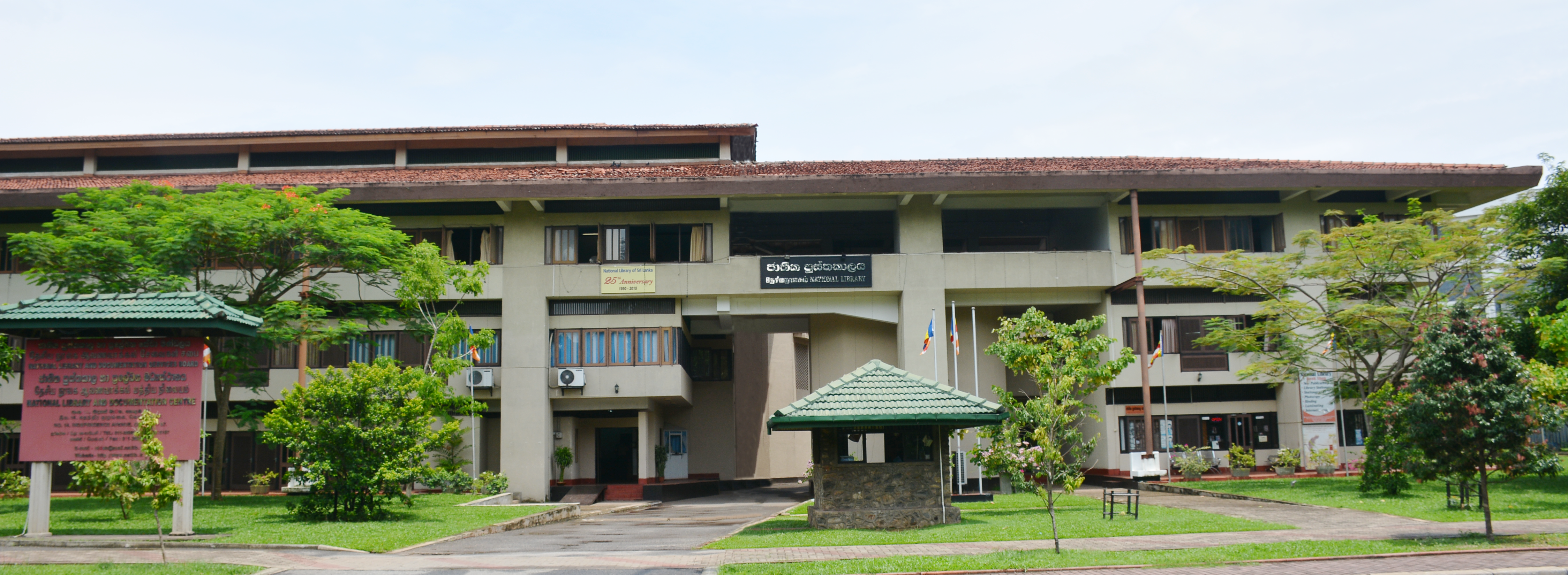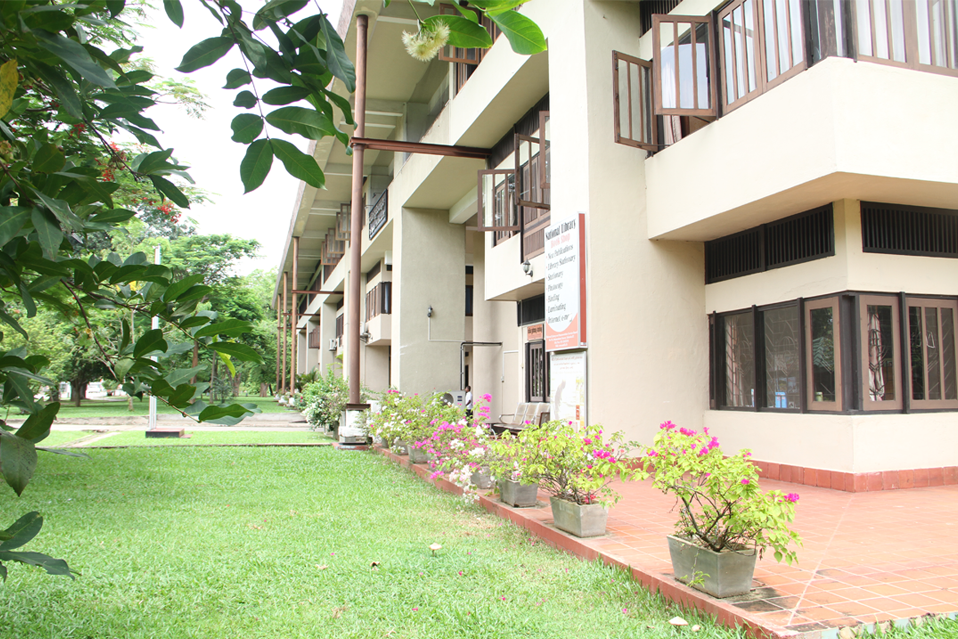NATIONAL LIBRARY AND DOCUMENTATION SERVICES BOARD

NATIONAL LIBRARY AND DOCUMENTATION SERVICES BOARD


The tree is one of the most expressive symbols of nature. It signifies protection, shade from the sun, as a source of nourishment and a place for calm reflections.
In the Buddhist context, a tree stands for supreme enlightenment.
It is a happy augury that the Consultant Architect visualised the National Library building as a big tree, a shelter from the elements, with it’s dominant feature a big, overhanging roof.
Along with the association of growth here, of an organic structure driving roots into, and drawing sustenence from our native soil, is the idea of conservation and longevity. Here, too the architect saw the core of the building as a place of endless rejuvenation, the air conditioned book stack running through the entire building and forming its heart.
Like the core of the tree where the vital sap pulses, in this zone will be the ultimate treasure of the library - our national treasure - all the priceless books, periodicals, documents, newspapers, tapes and micro films covering both print and non-print material that will remain in the care and custody of the National Library for the benefit of users for many, many years to come.
And to enable the readers to have, in the words of the English poet, Andrew Marvel, “a green thought in a green shade”, there are reader spaces which are naturally ventilated, where readers, when weary, may refresh their eyes by resting them among the lush greenery visible on all sides around the building.
The librarians and all staff may similarly work in a cool and tranquil atmosphere, so conducive to the creation of a tranquil mind and gracious temperament.
The building is also intended to reflect its lofty purpose, to inspire a sense of awe and wonder and have over and above all the appearance of a building that has, in the words of the architect, “something of the solidity and weight associated with certain traditional buildings, like the Temple of the Tooth and other important shrines.”
Prof. Michael Brawne hoped the building would be like other national monuments- the Museum, Independence Hall, the Colombo Town Hall, the new Parliament Building - a symbol of our nation’s cultural aspirations and values.
To this end, materials that have emerged from the soil of the country have been used-local hard woods, local clay tiles on the floor, brick and concrete from the enduring earth and rocks of our native quarries. The art work to follow will likewise, be by local artists, expressing the soul of our people. The mural on the wall depicting local vegetation is considered the largest mural in this part of the world.
